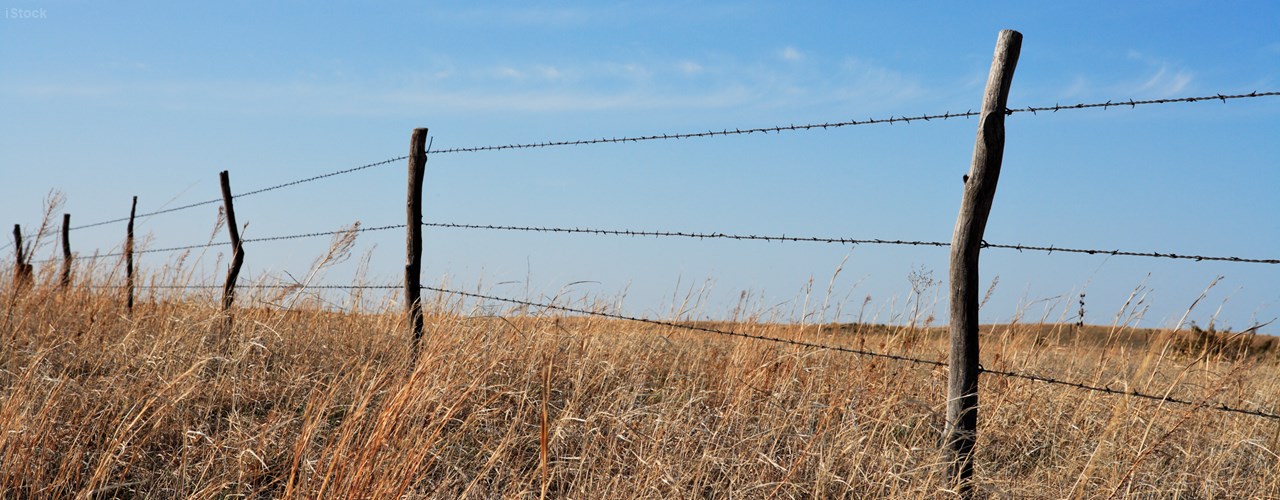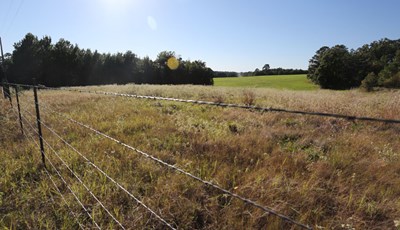Learn how to use the Texas Land Trends data tool
exas' working and rural lands are undergoing fundamental changes due to fragmentation and conversion, according to experts at the Texas A&M Institute of Renewable Natural Resources (IRNR).
Texas Land Trends data and information, developed by IRNR, have provided guidance and insight in conservation efforts, development trends, natural resource policy decisions and forecasting of natural resources-related issues across Texas for more than two decades.
The innovative and interactive Texas Land Trends Data Tool gives the public an easy way to track land changes in the state as well as compare trends between various areas.
For new users, the data explorer's User Guide provides step-by-step instructions on how to use the interactive tools.
University researchers as well as state and local agency personnel have used the data tool in relation to various research and outreach projects, said IRNR Associate Director Brian Pierce.
“What Texas Land Trends provides is context,” he said. “It gives the user a look at the land use around something important to them — such as a river, a county or a species’ habitat range.”
IRNR has used Texas Land Trends data analysis internally for “putting ecological questions in context” he said, including research on various threatened or endangered species, such as the Louisiana pine snake. The Texas Parks and Wildlife Department’s Texas Farm and Ranch Lands Conservation Program has also used Texas Land Trends data.
Landowners and local officials alike can easily harness the data tool to see how their specific regions’ land use and population are changing overtime in various counties and river basins, Pierce said.
Users can explore land trend data, dating as far back as 1997, by using a “data visualizer” tool, and users can also query specific areas of interest, such as counties, river basins or ecoregions, to generate maps and data for land use, land market values and other useful metrics.
For more information about Texas Land Trends, visit texaslandtrends.org, read the data explorer User Guide or contact Alison Lund at Alison.Lund@ag.tamu.edu.



 Old barbed wire fence
Old barbed wire fence
